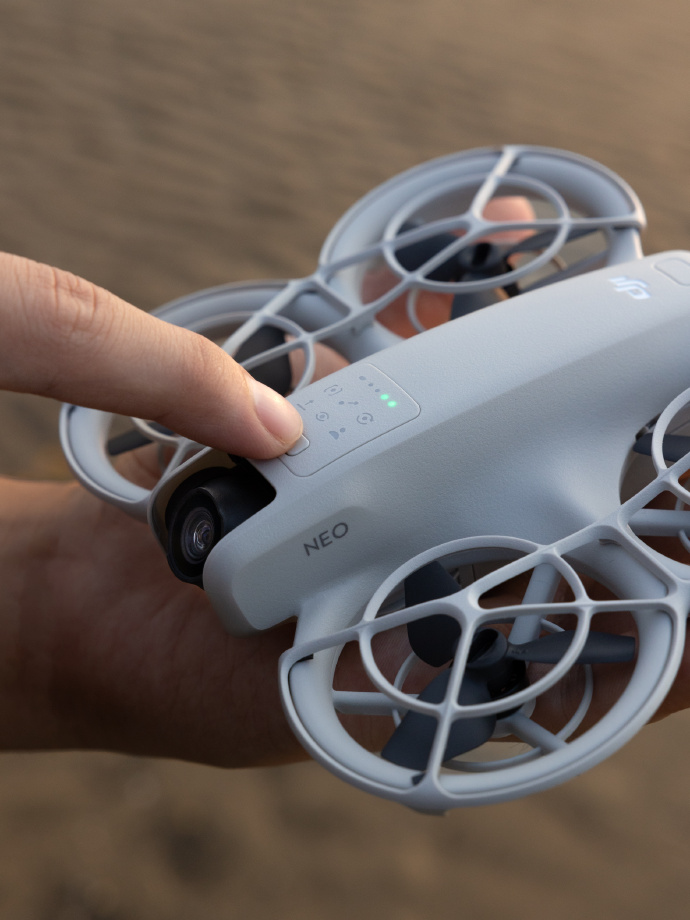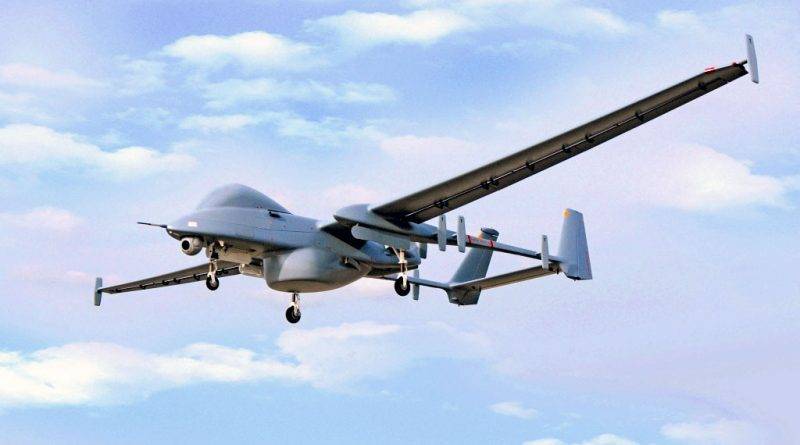The advent of drones in agriculture has paved the way for revolutionary farming practices, integrating technology to optimize various facets of agricultural processes. As modern agriculture continues to evolve, drones play a crucial role in enhancing productivity, increasing efficiency, and providing farmers with vital data that was previously unattainable or costly to procure. This technological advancement has significantly impacted farm operations, offering a fresh perspective on how crops are grown and managed.
Understanding the Role of Drones
Drones, also known as unmanned aerial vehicles (UAVs), have been adapted to perform a multitude of functions within agriculture. Their unique ability to capture high-resolution images and videos from above allows them to provide real-time insights into crop health, soil conditions, and irrigation problems. These bird’s-eye views enable farmers to monitor large areas swiftly and make informed decisions, reducing the guesswork and effort associated with traditional methods.
The Advantages of Using Drones
- Precision Agriculture: Drones enhance precision agriculture by allowing for targeted treatment of fields. This means increased yields and minimized resource wastage.
- Cost-effective Monitoring: With a drone, farmers can significantly cut down on the costs associated with monitoring and surveying large tracts of land.
- Data Collection and Analysis: Advanced sensors on drones can collect valuable data about climate conditions, plant health, and soil composition, enabling more accurate forecasts and strategies.
Applications of Drones in Agriculture
A myriad of applications exist for drones in agriculture. They can be used for planting seeds, where drones equipped with pods containing seeds and nutrients are deployed to improve crop growth rates. Drones are also instrumental in pest control, using UAVs to spray crops with precise amounts of pesticides or fertilizers, thereby reducing chemical usage and environmental impact.
Moreover, drones facilitate crop health assessment by utilizing multispectral, thermal, and hyper-spectral imaging cameras. These technologies help identify areas plagued by diseases or pests, drought stress, and other growth anomalies, which can then be addressed proactively. Another significant usage lies in monitoring livestock, allowing ranchers to keep track of their herds and respond swiftly to any issues that arise.
Environmental Impact Considerations

While the benefits of drones in agriculture are numerous, it’s crucial to consider the environmental impact. The implementation of drone technology can lead to more efficient use of resources such as water and chemicals, contributing to sustainable farming practices. However, potential privacy concerns and regulatory hurdles exist as the technology becomes more widespread. Cleary defined regulations and continued innovation are essential to mitigate these challenges.
Future Prospects
Looking ahead, the future of drones in agriculture seems promising. With advancements in artificial intelligence and machine learning, drones are expected to become even more autonomous, capable of making decisions based on real-time data analysis. The integration of drones with other technologies such as GPS and IoT devices is likely to create a comprehensive farming management system, further enhancing productivity and sustainability.
Additionally, as drones decrease in price and become more accessible, even small-scale farmers will benefit from this technology, leveling the playing field and fostering a more equitable agricultural environment. The continuous evolution of drones will contribute significantly to solving global food production challenges while supporting environmental conservation efforts.
Frequently Asked Questions
What are the challenges associated with using drones in agriculture?

Challenges include regulatory issues, the initial cost of investment, data privacy, and the need for technical expertise to operate drones and analyze the data effectively.
How do drones improve crop yields?
Drones improve crop yields by providing precise data that allows for targeted seeding, irrigation, and pesticide application, ensuring optimal growth conditions and minimizing waste.
Are drones environmentally friendly?
When used correctly, drones can promote environmentally friendly farming by reducing chemical runoff, optimizing water usage, and minimizing the carbon footprint associated with traditional farming techniques.